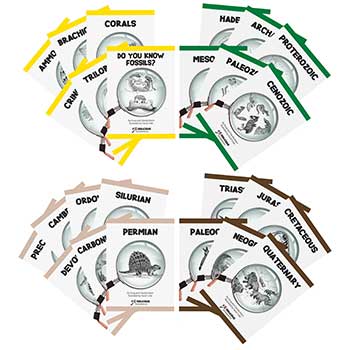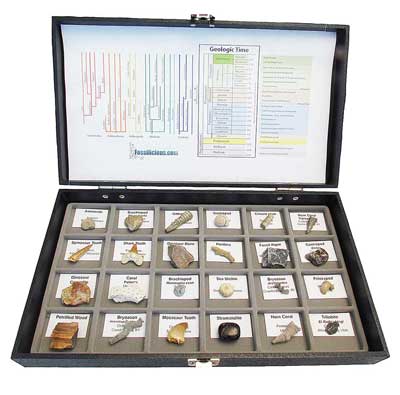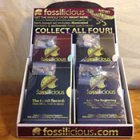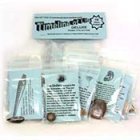Sign up for Lesson Plans, discounts & more!
One Type of Fossil
Two Different Formations
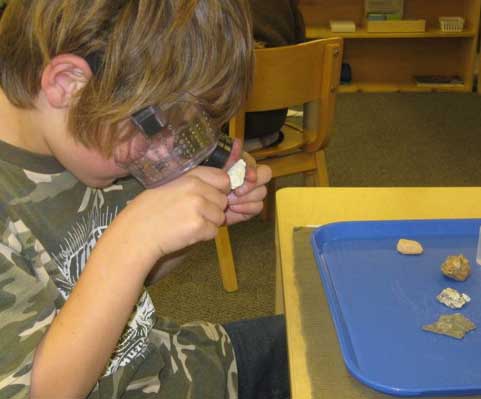
To begin this lesson plan:
Start with a Story: (NOTE:Words in italics are those you might say to the child as you present the demo.)
Close your eyes! Imagine a world where the air is hot and humid…your skin feels sticky almost all the time. When you wake in the morning, the heavy dew wets your body as if you’ve been in the shower and as the sun heats the air, the steam rises from the earth. It’s not a very comfortable place for your human body. In fact, no humans lived at that time.
But there were many, many species of animals and plants that did live at this time and place. Dense forests grew in the tropical climate. The oxygen-rich air caused the growth of plants much larger than those on earth today. That was a good thing, too, because the giant dinosaurs, many of them herbivores, needed a lot of plants to fill their huge bellies!
There must have been some catastrophic deaths among the dinosaurs from time to time. Modern paleontologists often find the fossilized remains of dozens of different species’ bodies all in the same place. I wonder how this happened? What would have caused so many dinosaurs to die at once in the same place? We know that many mammals died in huge tar pits in an area that is modern-day Los Angeles, CA. This was long after the dinosaurs were extinct, but I wonder if something like the tar pits happened to the dinosaurs?
Finding dinosaur fossils is one way we know about these huge ancient creatures, but there are lots of other ways we learn about them; they left us clues! There are so many different clues, that paleontologists have grouped them into two different types. Today, we’re going to make some models to help us look at how fossils form and how paleontologists classify the different types of fossils.
Demonstration: Cast fossils (Type I fossils)
Imagine the animals of the Paleozoic seas. A lot of the fossils you find in our sandbox are from that time. Today, we’re going to use your fossil to discover two ways fossils form and tell us about the living animal whose body made it.
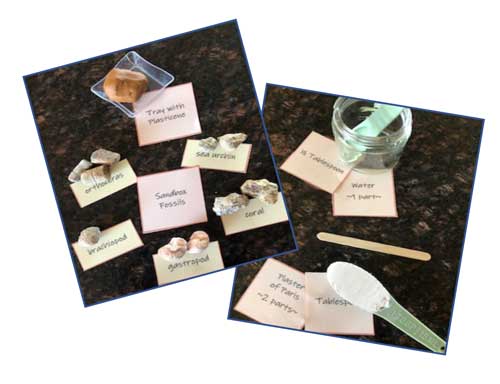 materials
materials- Small tray for each child or team of two children
- Plasticine (works better than playdough because it resists water)
- Plaster of Paris
- Water
Part 1: Cast
- Place a ball of plasticene in the tray, making sure it is thick enough to take an imprint.
- Press the fossil into the plasticine.
- As you do this, talk about the animal falling to the ocean floor as it dies.
- Talk about the soft, silty sand that you feel between your toes at the beach or on a river bottom. This is where the body landed, sinking into the sand where it would lay for millions of years.
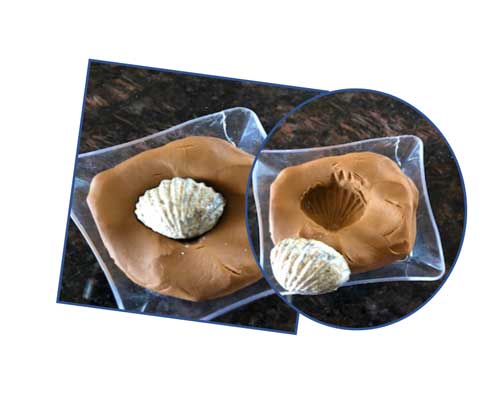 cast experiment
cast experiment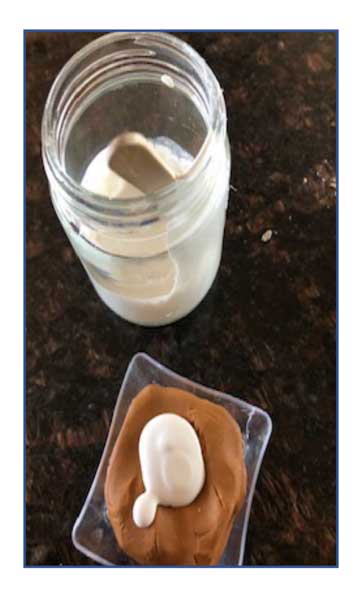 mold experiment
mold experiment- Next, you are going to mix up the Plaster of Paris.
- Use a ratio of 2 parts powder to 1 part water.
- Story: “What is always present in an ocean or lake? (Water) Yes. That’s why we call them water forms: water is always present.
- Start with a small amount of water in the mixing bowl to be a model for the water in the ocean where these animals lived. (Here’s an opportunity to do some measuring work!).
- Start with 1 Tablespoon of water in the small bowl.
- Add 2 Tablespoons Plaster of Paris (2 parts powder to 1 part water)
- Pour the mixture into the mold.
- As you do this, talk about how the sand might fill in the cast of the animal’s body. This is a fairly literal translation of what happened in the ancient seas.
- Once hardened, the “fossil” can be popped out of the mold/cast and compared to the original fossil.
In the ocean, the sand on the bottom is constantly being churned up due to waves and currents. The Plaster of Paris is like the sand. Over time, the sand and water mix together and harden into rock. That’s what will happen in our model, too, but for a slightly different reason.
If you’re interested in learning about that, we can talk about the difference on another day. (This is a chemical study of how crystals form…so this is a chance for yet another discipline to be investigated!)
Follow-up Activity:
Look at photographs of fossils that are formed in this way.
- EX: flexicalymene: https://www.fossilicious.com/trilobite-flexicalymene-2-4-inches-long.html
- EX: clam-Morocco: https://www.fossilicious.com/fossil-clam-morocco.html
- EX: gastropods-Morocco: https://www.fossilicious.com/fossil-gastropods-classroom-pack-20-pieces.html
- EX: turritella-Morocco: https://www.fossilicious.com/moroccan-turritella-fossils-classroom-pack-20-pieces.html
Discuss the body parts that are visible (in a cast you only see the form of the outer part of the body, often a shed exoskeleton like a snake skin, as in the flexicalymene or a dissolved shell as in the clam or gastropod.)
Check out some of the Educational Materials for sale on our sister site fossilicious.com.
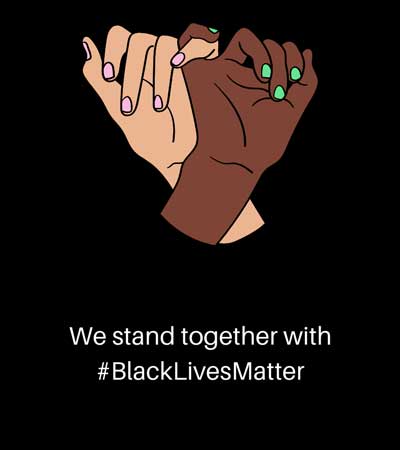
interested in more? If so, you may want to check out our other sites:
fossilicious.com - Our online fossil and mineral rock shop.
rocksandminerals4u.com - An educational site about rocks, minerals, and geology.
Geologic Time Geologic Time Line
Cenozoic Era
Quaternary
Neogene
Paleogene
Mesozoic Era
Cretaceous
Jurassic
Triassic
Paleozoic Era
Permian
Carboniferous
Devonian
Silurian
Ordovician
Cambrian
Archean Time
Hadean Time
Teachers Resources
Activities for Education and Fun
Earth Science Lesson Plans
Activities For Kids
Fossil Lesson Plans
Fossil Activities
Education Articles
Coloring Pages
Dinosaur Coloring Pages
Montessori Materials
Geology Club
Fossil Hunting
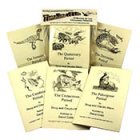 |
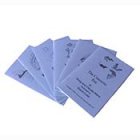 |
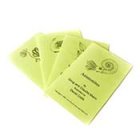 |
